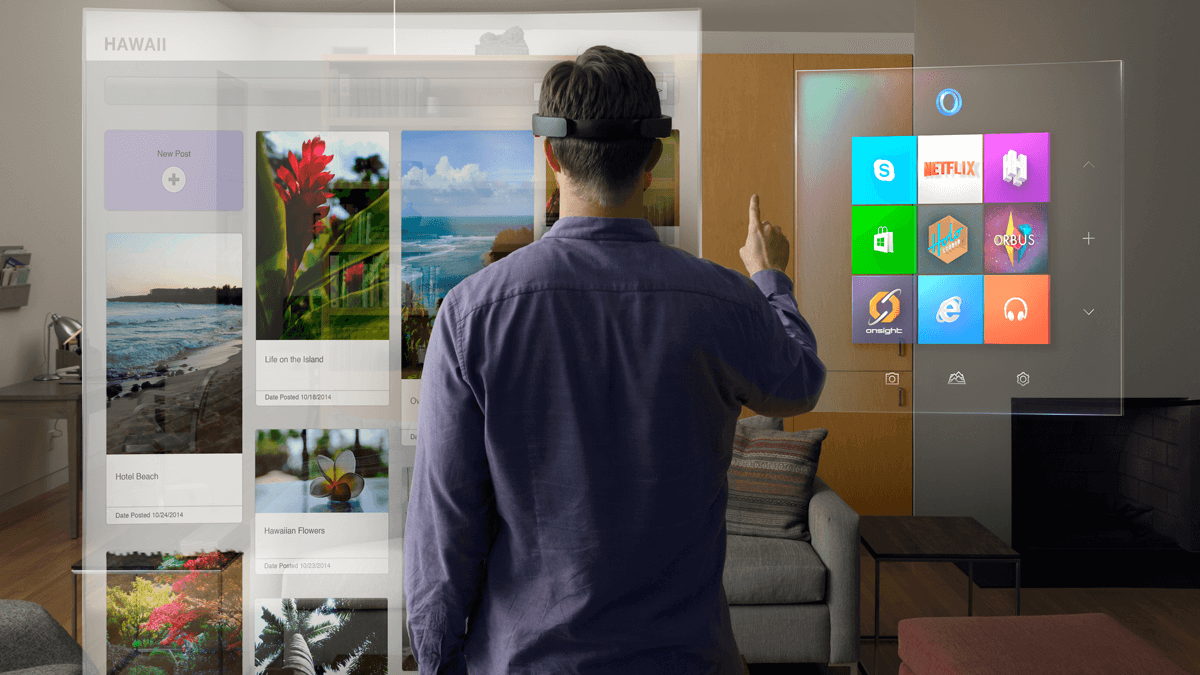Skip To...
With the overwhelming success of Pokemon Go, there will be plenty of developers that turn their eyes to the new augmented reality market. While the mechanic has been around for a while, it has never seen this level of success – and as a result, even those who wouldn’t have looked twice at an AR game might be open to this new brand of entertainment.
However, AR isn’t simply limited to the ways it is used in Pokemon Go: There are myriad possibilities that are just waiting to be taken on in a video game. Here are just three of them:
1) Post-apocalyptic survival
One of the most consistent themes that you will encounter in the post-apocalyptic genre is loss. Loss of humanity, loss of technology, loss of society, all represented through the crumbling remains of once-vibrant cities. It doesn’t matter if it’s a movie, a book or a game, the fight for survival nearly always takes place in the ruins of a metropolis.
This also just happens to make it perfect for an augmented reality game. There have been a few titles that have used some elements of AR in the past, such as the Zombies, Run! app, but it feels like there is still a certain something that hasn’t been fully utilized.

In much the same way that Pokestops and gyms are used in Pokemon Go, special areas of major cities could hold particular resources to be collected by players – food, water, materials, perhaps even reflecting the particular landscape that they are in: Raid somewhere near a harbour, you might find boat parts or the like, raid a farming town, you could discover seeds. Instead of gyms, there could be strongholds – areas to be held by a player or a group of players, improved with the resources that they have gathered.
However, you would not want to simply make a game that was a clone of Pokemon Go with no innovation of its own. The post-apocalyptic genre could put its own twist on the AR craze by including some kind of enemy in some areas that you either need to avoid, sneak through or fight. Of course, this would need to be carefully dealt with in order to stop people from being kept out of their workplace by a horde of zombies.
We already have these enormous cities that many people don’t get the chance to fully explore – why not encourage it by turning an average walk into a literal scavenger hunt?
2) Global strategy
Many strategy games have a heavy focus on building the most efficient base and utilizing the strengths of your particular faction in order to defeat the opposition. You have a set place to defend, where you construct and direct your troops while the enemy team has the same. Build the right stuff, control the right resources, and crush the enemy.
Because of the static nature of strategy games, this could make them suitable for development into the world of AR. Just imagine – your neighbors and yourself desperately building virtual walls around your community, trying to keep out the faction from the next town over from destroying your precious mines and factories. This not only has the social aspect that has proven so effective in driving AR games but also utilizes the local geography and pre-existing player relationships – what town doesn’t already have a rival, after all?

Furthermore, there is also the fact that this could work on a global scale as well. Rather than towns or cities, players could contribute to the success of their entire real-world nation against other countries. Just imagine New Zealand duking it out, Civilization-style, against long-time frenemies Australia, or the US and the UK finally getting around to the War for Independence II: Digital Edition.
3) Card games
Remember the battles in Yu Gi Oh and how amazing it was to see the monsters rise up right in front of the people playing? Augmented reality could give us the chance to see something like this play out right in front of us, anytime, anywhere, without any need to believe in the heart of the cards.
In fact, there is already something along these lines being developed, though it is in the realm of “mixed reality” rather than augmented reality. General Heed (pseudonym), a student from Pennsylvania, has been creating such an experience through Microsoft’s HoloLens. However, it would be easy to imagine how this could translate to augmented reality.
[embedyt] https://www.youtube.com/watch?v=VNJeWnwZ0Rw[/embedyt]
[gap height=”15″]
Rather than the emphasis being on real-world location a la geocaching or other similar experiences, it would be the actual animation of the duel that would be the main draw. I can imagine that there might be some problems getting the full effect across through a small screen, but imagine being able to encounter a random stranger and start throwing down for a card battle right then and there, no cards required. Plus you get the added bonus of seeing your Blue Eyes White Dragon utterly decimate your opponent in semi-real life.
Augmented reality has some serious potential, and with the new popularity of the format (or at least a familiarity with it), it would be daft for developers to not at least look at the possibilities. Whatever crops up now or in the future, make sure you stay tuned to The Nerd Stash for everything you need to know.







